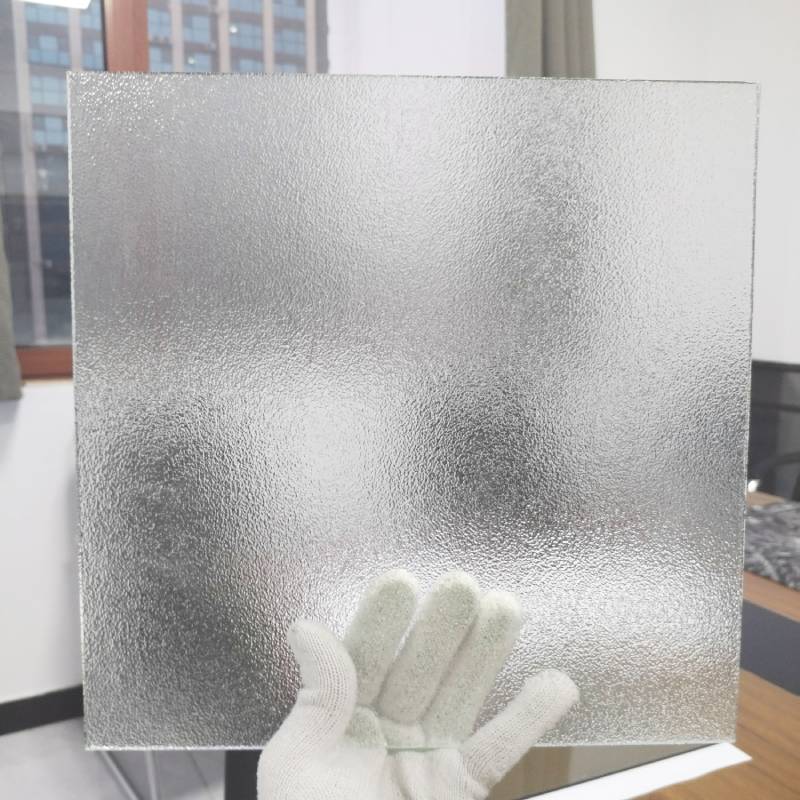From Glass to Mirror The Transformative Journey
When we think of glass, we usually envision fragile vessels, windows that allow sunlight to pour into our homes, or perhaps the sleek screen of a smartphone. However, the evolution of glass into one of its most fascinating forms—mirrors—reflects a journey of both artistry and technological advancement. The transformation from mere glass to a functional reflective surface is a testament to human ingenuity and our understanding of materials.
At its core, glass is a transparent solid made primarily from silica (sand), soda, and lime, with its origins tracing back thousands of years to ancient Mesopotamia and Egypt. Early humans recognized the beauty of reflective surfaces created by polished stones and metals, but it was not until the development of glass-making techniques that the true mirror emerged. Ancient civilizations experimented with smelting metals and polishing shiny ores to create primitive reflections, but the desire for a more perfect reflection led to innovations in glassmaking.
The first true mirrors were made from thin sheets of polished bronze or silver. These metals offered a clear but limited reflection, and the invention of glass mirrors significantly improved clarity. By the 1st century AD, the Romans were crafting glass mirrors by coating glass with a metallic layer. However, it wasn't until the 16th century that significant advancements were made in Venice, Italy, where artisans developed a method of producing high-quality mirrors coated with thin layers of mercury. This marked a shift from the dull and distorted reflections of earlier materials to the bright and crisp images we associate with mirrors today.
glass to mirror
The creation of mirrors became more efficient with the advent of industrial processes in the 19th century. The introduction of the silvering process, where glass is coated with a thin layer of silver, allowed for mass production of mirrors, making them more accessible to the general public. This democratization of mirrors transformed interior spaces, reflecting not just images but also the evolving social dynamics of the time.
An interesting aspect of the journey from glass to mirror is how mirrors have been imbued with symbolism and significance throughout history
. In many cultures, mirrors are seen as gateways to different realms or as tools for self-reflection, both literally and metaphorically. They have inspired countless works of art and literature, serving as metaphors for truth, perception, and self-awareness. The act of looking into a mirror has become a symbol of introspection, prompting individuals to confront their inner selves.
In contemporary times, mirrors continue to evolve, adapting to modern technology and design aesthetics. Smart mirrors equipped with digital displays, augmented reality, and touch technology are now commonplace, vastly expanding their functionality beyond mere reflection. These innovations invite a rethink of our relationship with mirrors, merging the physical reflection with the digital realm to enhance our daily lives.
In conclusion, the journey from glass to mirror is more than just a transformation of materials; it is a narrative woven into the fabric of human history. From the ancient artisans who first experimented with reflection to the cutting-edge technologies of today, mirrors encapsulate an intricate blend of innovation, artistry, and meaning. They remind us of our desire to see ourselves clearly and to delve deeper into our own identities. As we gaze into mirrors, we are not just observing our physical selves but also reflecting on the essence of who we are, making this transition from glass to mirror not only a practical evolution but a profound journey of self-discovery.
 Afrikaans
Afrikaans  Albanian
Albanian  Amharic
Amharic  Arabic
Arabic  Armenian
Armenian  Azerbaijani
Azerbaijani  Basque
Basque  Belarusian
Belarusian  Bengali
Bengali  Bosnian
Bosnian  Bulgarian
Bulgarian  Catalan
Catalan  Cebuano
Cebuano  Corsican
Corsican  Croatian
Croatian  Czech
Czech  Danish
Danish  Dutch
Dutch  English
English  Esperanto
Esperanto  Estonian
Estonian  Finnish
Finnish  French
French  Frisian
Frisian  Galician
Galician  Georgian
Georgian  German
German  Greek
Greek  Gujarati
Gujarati  Haitian Creole
Haitian Creole  hausa
hausa  hawaiian
hawaiian  Hebrew
Hebrew  Hindi
Hindi  Miao
Miao  Hungarian
Hungarian  Icelandic
Icelandic  igbo
igbo  Indonesian
Indonesian  irish
irish  Italian
Italian  Japanese
Japanese  Javanese
Javanese  Kannada
Kannada  kazakh
kazakh  Khmer
Khmer  Rwandese
Rwandese  Korean
Korean  Kurdish
Kurdish  Kyrgyz
Kyrgyz  Lao
Lao  Latin
Latin  Latvian
Latvian  Lithuanian
Lithuanian  Luxembourgish
Luxembourgish  Macedonian
Macedonian  Malgashi
Malgashi  Malay
Malay  Malayalam
Malayalam  Maltese
Maltese  Maori
Maori  Marathi
Marathi  Mongolian
Mongolian  Myanmar
Myanmar  Nepali
Nepali  Norwegian
Norwegian  Norwegian
Norwegian  Occitan
Occitan  Pashto
Pashto  Persian
Persian  Polish
Polish  Portuguese
Portuguese  Punjabi
Punjabi  Romanian
Romanian  Russian
Russian  Samoan
Samoan  Scottish Gaelic
Scottish Gaelic  Serbian
Serbian  Sesotho
Sesotho  Shona
Shona  Sindhi
Sindhi  Sinhala
Sinhala  Slovak
Slovak  Slovenian
Slovenian  Somali
Somali  Spanish
Spanish  Sundanese
Sundanese  Swahili
Swahili  Swedish
Swedish  Tagalog
Tagalog  Tajik
Tajik  Tamil
Tamil  Tatar
Tatar  Telugu
Telugu  Thai
Thai  Turkish
Turkish  Turkmen
Turkmen  Ukrainian
Ukrainian  Urdu
Urdu  Uighur
Uighur  Uzbek
Uzbek  Vietnamese
Vietnamese  Welsh
Welsh  Bantu
Bantu  Yiddish
Yiddish  Yoruba
Yoruba  Zulu
Zulu 

